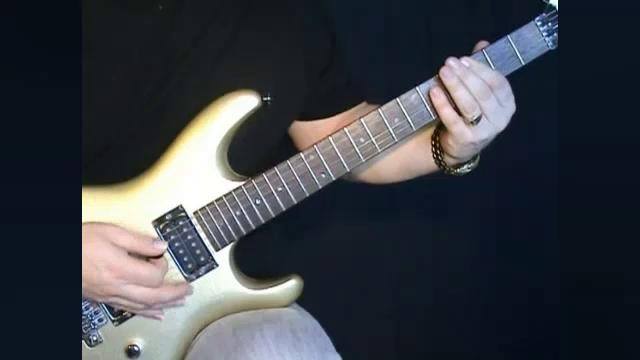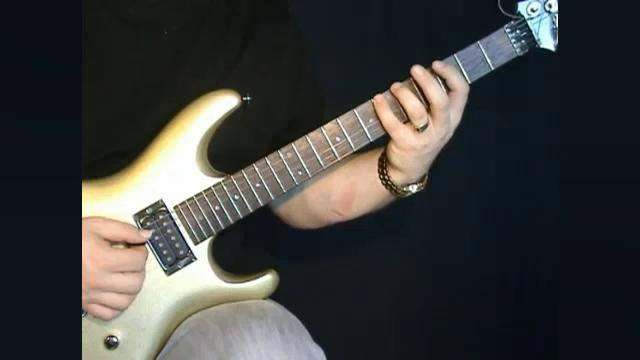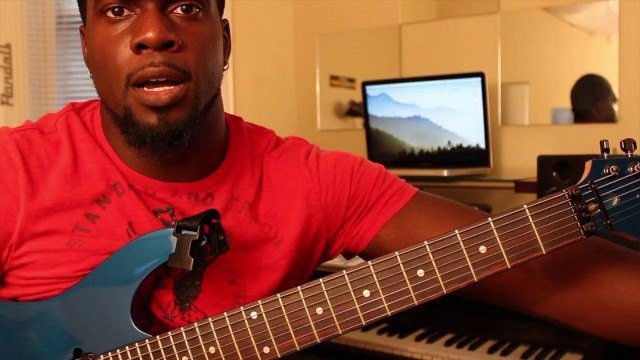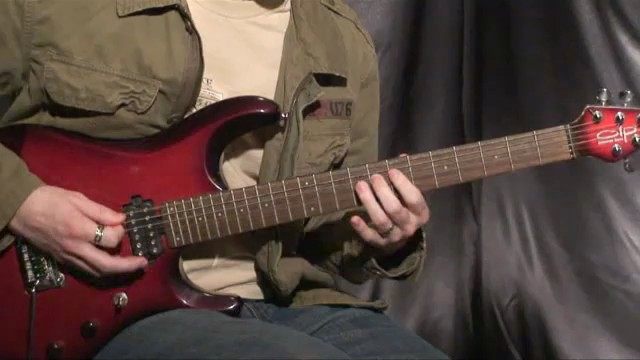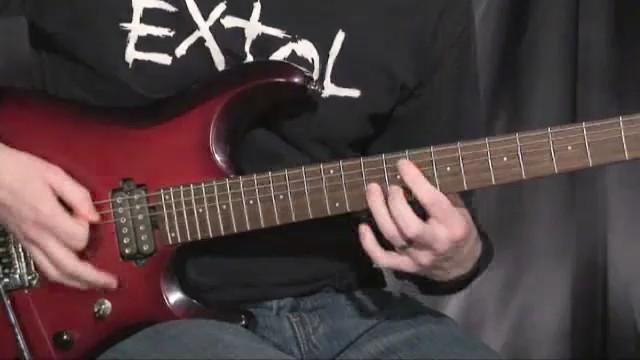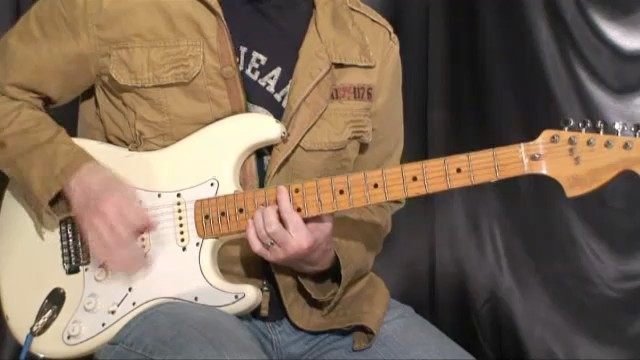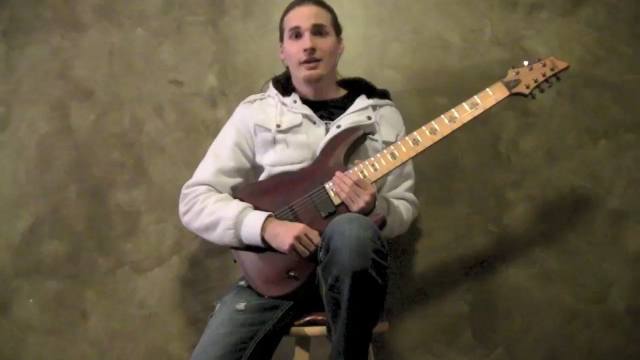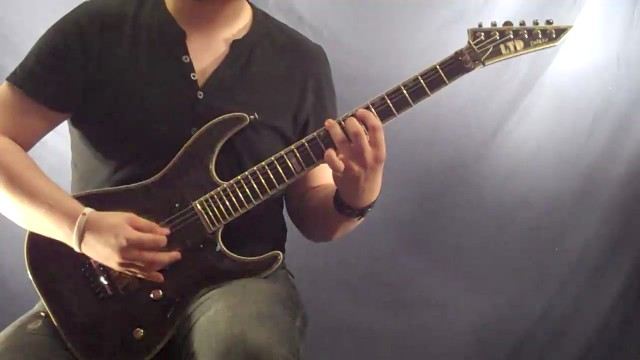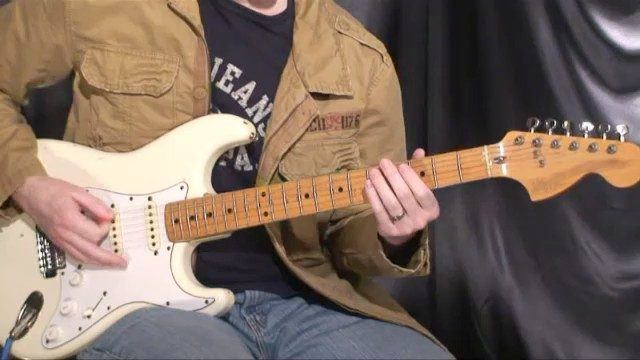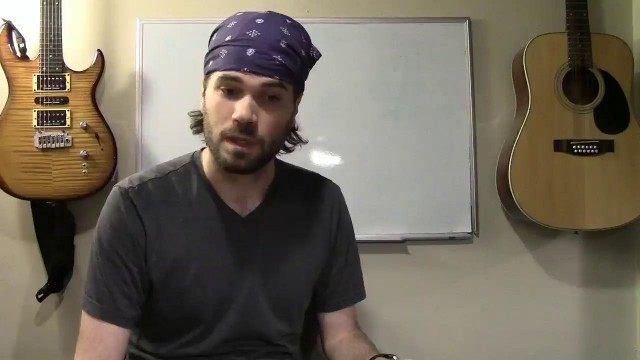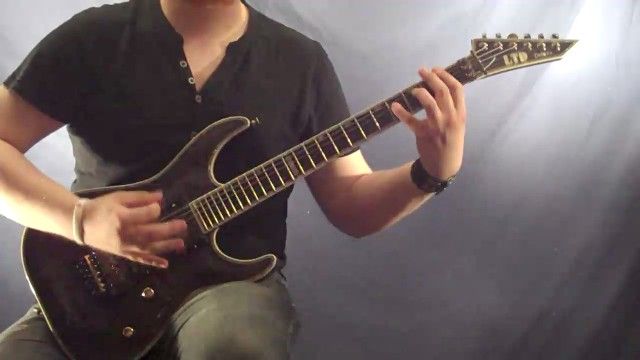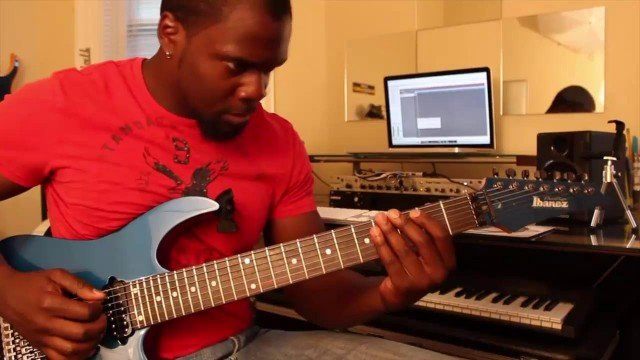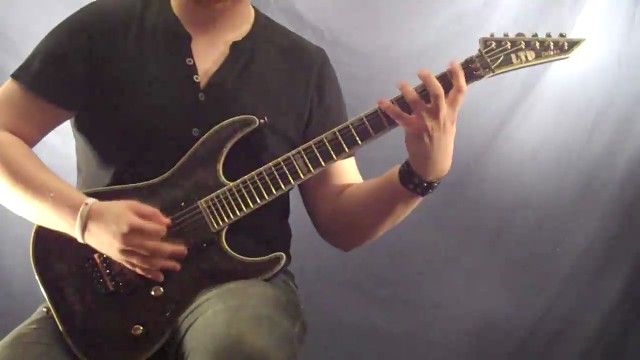Moving onto the breakdown of the example riff.
As I mentioned in the previous videos and verbally within this video, we will add a 16th note rest to the original rhythm creating the displacement.
Is this necessary? Not exactly, but it gives us a more creative approach when composing and helps with our rhythm, timing, and pocket playing in the process.
So as I said earlier we will use these note groupings: 4 - 1 - 4 - 3
Let's say that a hyphen accounts for a rest. If that's the case then numerically our rhythm might look something like this:
4 - 1 - 4 - 3 - - 4 - 1 - 4 - 3 - - 4 - 1 - 4 - 3 - - 4 - 1 - 4 - 1 (repeated)
In this context, you may wonder why there's a "1" at the end instead of a "3". This is because we've run out of available 16th notes within our 4 bars so we need to repeat from the beginning.
Now, in theory, you wouldn't have to end the sequence and repeat after 4 bars. You could continue the sequence until it repeats on beat one naturally. (which would take 17 measures)
As you can imagine this concept could be approached in many different ways so make sure to explore new ideas.













